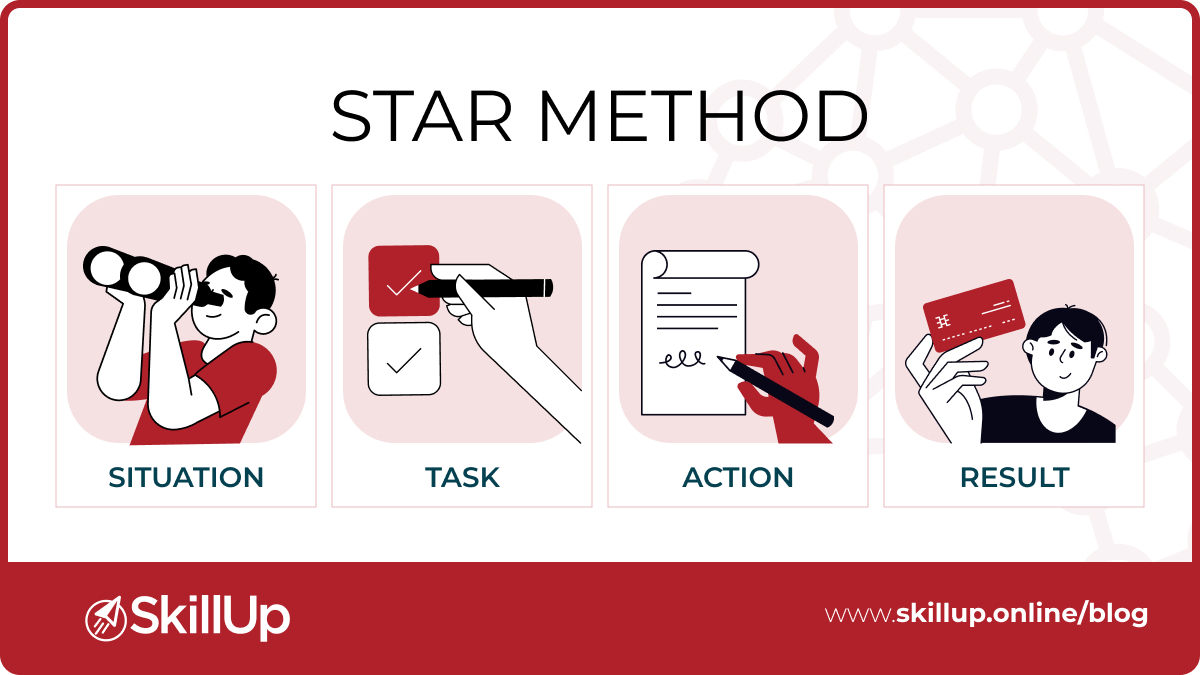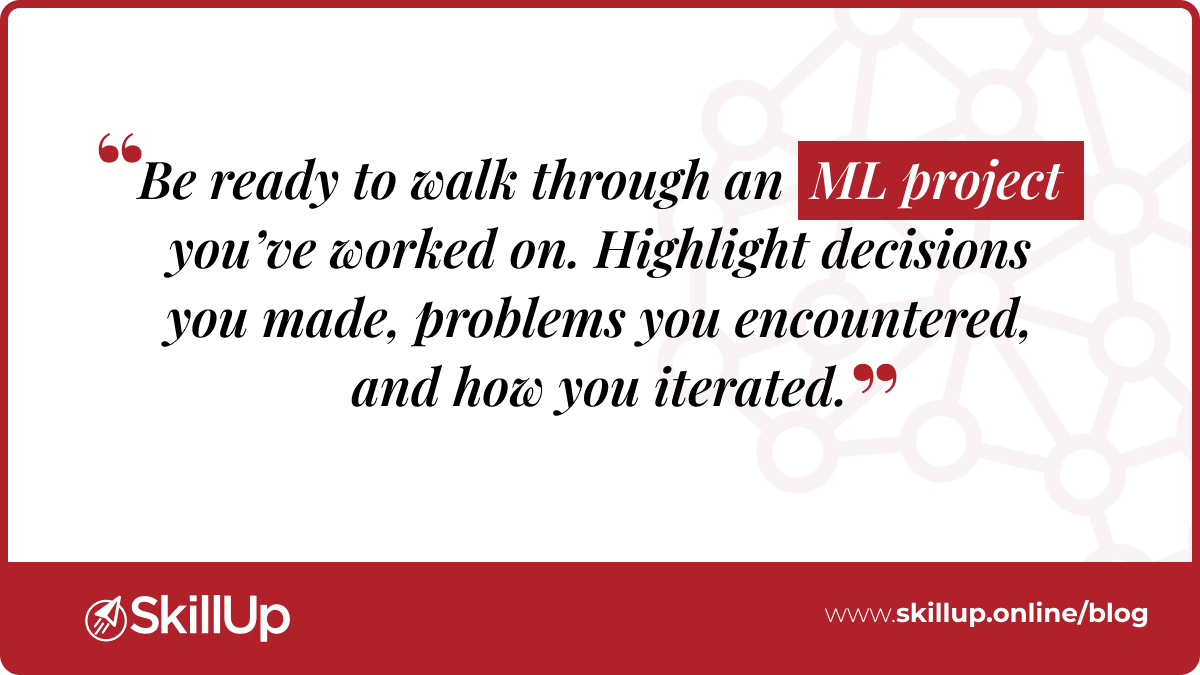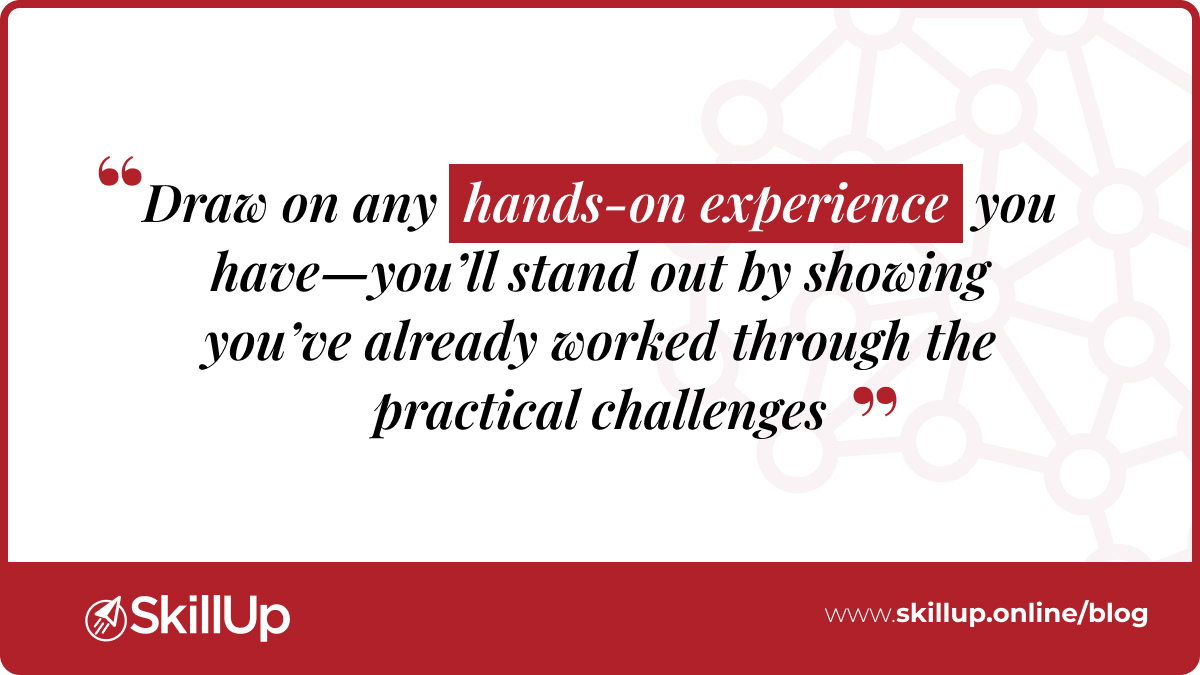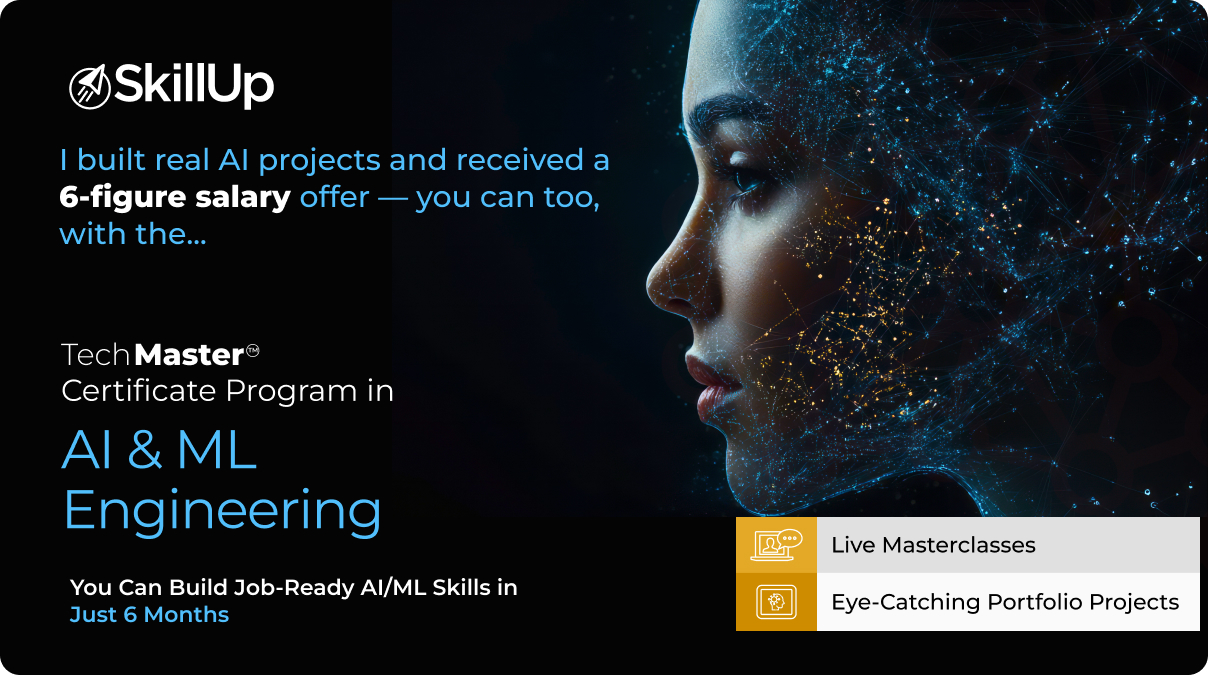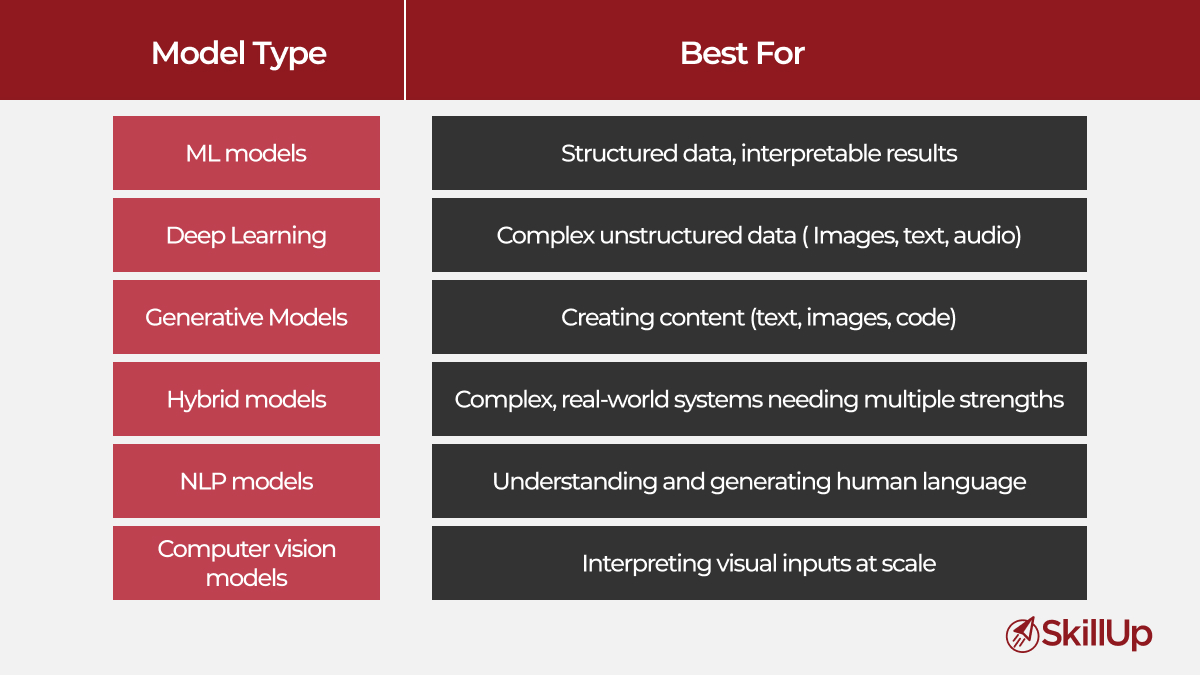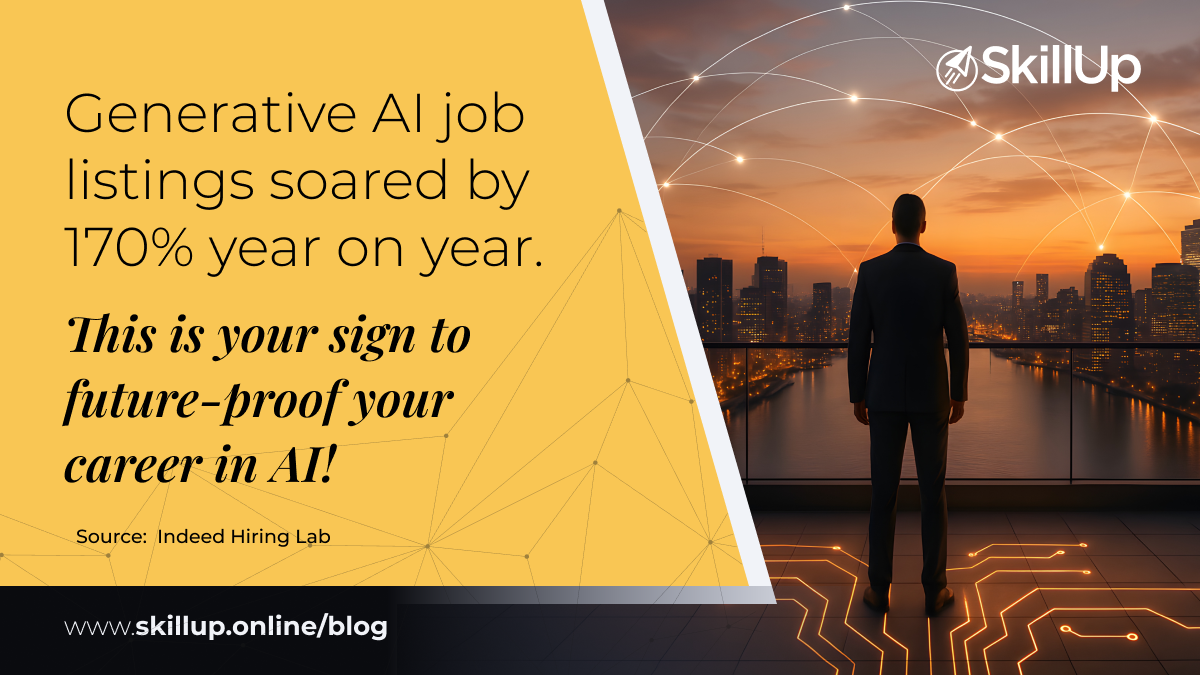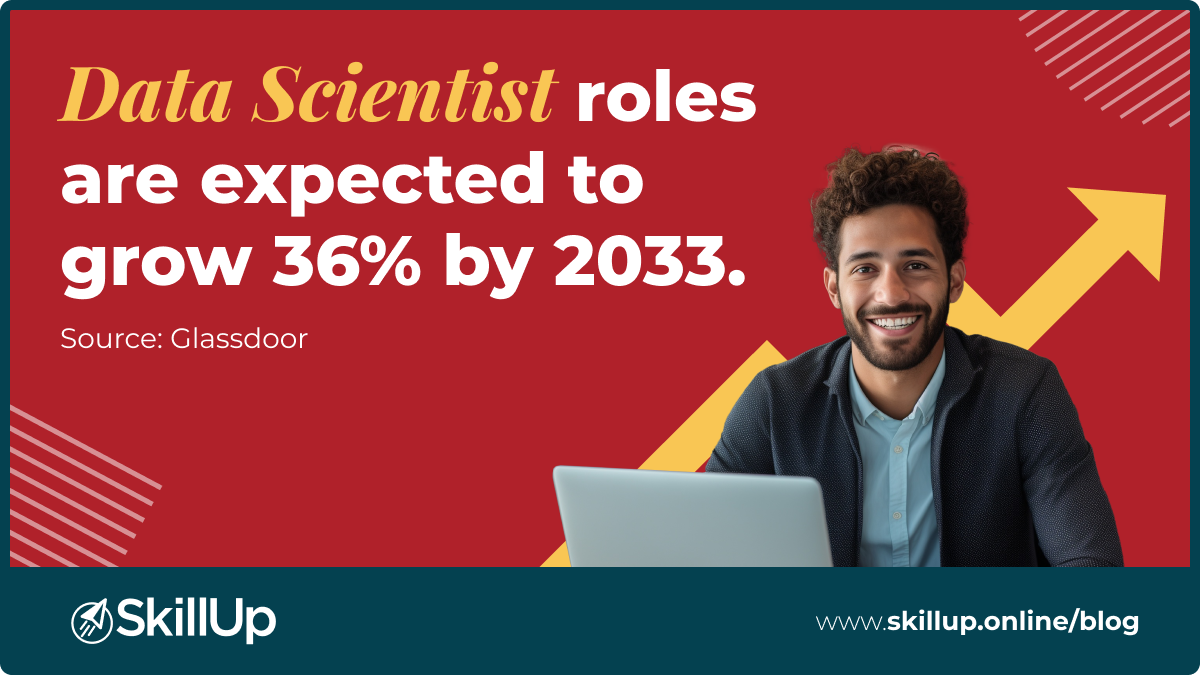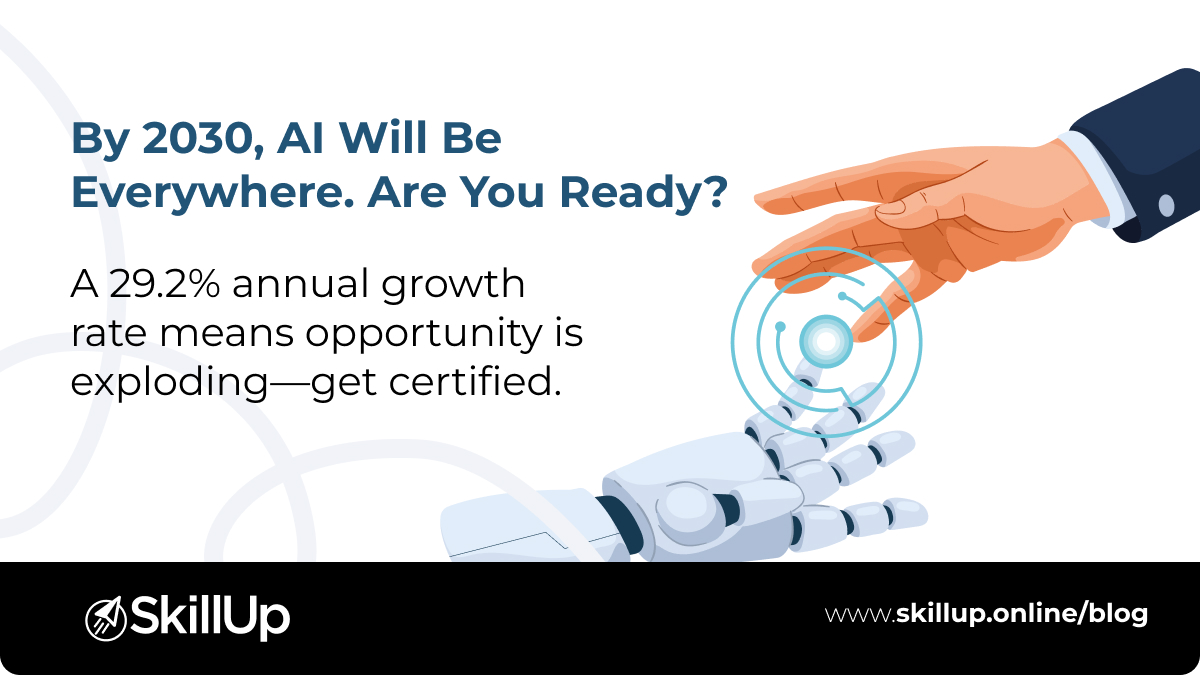If you’re aiming to land a role as an AI/ML engineer—and you’ve already got some experience under your belt—understanding the interview process can give you a real advantage. While every company brings its own flavor to hiring, there’s a fairly standard structure most hiring managers follow. Here’s your insider’s guide to each step, with tips for standing out.
1. Initial Screen: The Warm-Up
The process usually kicks off with a recruiter or HR rep. It’s light on technical questions but heavy on alignment.
Purpose: To confirm your basic qualifications and gauge interest on both sides.
You’ll likely cover:
- A high-level walkthrough of your experience
- Your motivations and goals for your next role
- Practicalities: notice period, location preferences, salary range
Pro tip: Prepare a confident, concise summary of your experience. Be ready to explain career shifts or project transitions—especially if you’ve moved between roles or tech stacks.
2. Technical Screen: Coding and Core Concepts
This round tests how comfortably you handle code under pressure.
Purpose: To evaluate programming ability, logical thinking, and problem-solving.
Expect:
- Algorithmic or data structure challenges via HackerRank, LeetCode, or similar
- Live interviews or timed take-home tests
- Light ML tasks like classification or data wrangling
Prep tip: Practice writing clean, readable code under time constraints. Brushing up on NumPy, pandas, and scikit-learn can also give you an edge. If you’ve completed hands-on projects recently—especially those involving data pipelines or real-world datasets—use those examples to demonstrate your practical fluency.
3. Machine Learning Deep Dive: Show Your Expertise
Here’s where your real-world experience comes into play.
Purpose: To assess your understanding of machine learning theory and how you apply it.
Common topics include:
- Supervised vs. unsupervised learning
- Evaluation metrics (precision, recall, F1 score, AUC)
- Regularization techniques, cross-validation, and tuning
- Feature engineering and end-to-end pipelines
Pro tip: Be ready to walk through an ML project you’ve worked on. Highlight decisions you made, problems you encountered, and how you iterated. Demonstrating your ability to manage experiments and tune models based on performance is key. If your hands-on experience includes building models from scratch or integrating them into a broader system, be sure to talk about that.
4. System Design: Think Beyond the Model
You won’t just be building models—you’ll help engineer the systems that support them.
Purpose: To understand how you think about architecture, scalability, and reliability.
You might be asked to design:
- A real-time recommendation system
- An automated retraining and monitoring pipeline
- A feature store or data preprocessing service
Think about:
- Data flow, model versioning, and infrastructure
- Latency requirements and fault tolerance
- Choosing the right tools for training vs. deployment
Pro tip: Structure your response. Clarify goals, define components, and walk through the data lifecycle. Draw on any hands-on experience you have designing pipelines, integrating APIs, or scaling models—you’ll stand out by showing you’ve already worked through the practical challenges.
5. Take-Home or Live Project: Apply What You Know
Expect a small project that simulates the kind of work you’ll do on the job.
Purpose: To see how you handle real-world data, document your process, and make decisions.
You might need to:
- Clean and analyze a dataset
- Build and evaluate a model
- Communicate your results and reasoning in a short report
Pro tip: Don’t over-optimize—focus on clarity, justification, and trade-offs. Your thinking is as important as your output. Use this as an opportunity to showcase the practical techniques you’ve used during training or past projects: version control, notebook documentation, reproducibility, and insightful data storytelling.
6. Behavioral Interview: Team Fit and Communication
You’ve proven you can code and model—now it’s about how you collaborate.
Purpose: To explore how you work with others, take feedback, and grow through challenges.
Expect questions like:
- How do you communicate complex ideas to non-technical teammates?
- Tell me about a time you had to pivot on a project.
- How do you keep up with evolving tools or frameworks?
Pro tip: Use the STAR method (Situation, Task, Action, Result) to share real, relevant stories that show how you think and adapt. If you’ve worked on hands-on group projects—such as during a training program—highlight how you collaborated, shared learnings, or overcame conflicting approaches.
Bonus: Deep Learning or Domain-Specific Rounds
If the role involves NLP, computer vision, or research-heavy tasks, expect an extra deep dive.
You may be asked to:
- Explain recent papers or foundational architectures (e.g., transformers, CNNs)
- Apply domain-specific methods to novel problems
- Walk through your experience with specialized toolkits or libraries
Pro tip: If your experience in these areas is limited, demonstrate curiosity and a thoughtful learning path. Completing hands-on training in these domains—especially where you built and evaluated models—can help you speak with confidence, even if you’re not yet a specialist.
Final Thoughts
AI/ML interviews test more than your technical skills—they assess your ability to think critically, communicate clearly, and build systems that work in the real world. With the right prep, your experience will shine through.
So, take a breath, plan your prep, and approach each stage with confidence. If you’ve invested in hands-on training, now’s the time to bring those practical experiences to the forefront—you’re not just applying for a job, you’re stepping into the next chapter of your career.
If you’d like to find out more about you can build the hands-on experience and job-ready skills required to be an AI & ML engineer in just 6 months, click here to find out more!
SkillUp Online
